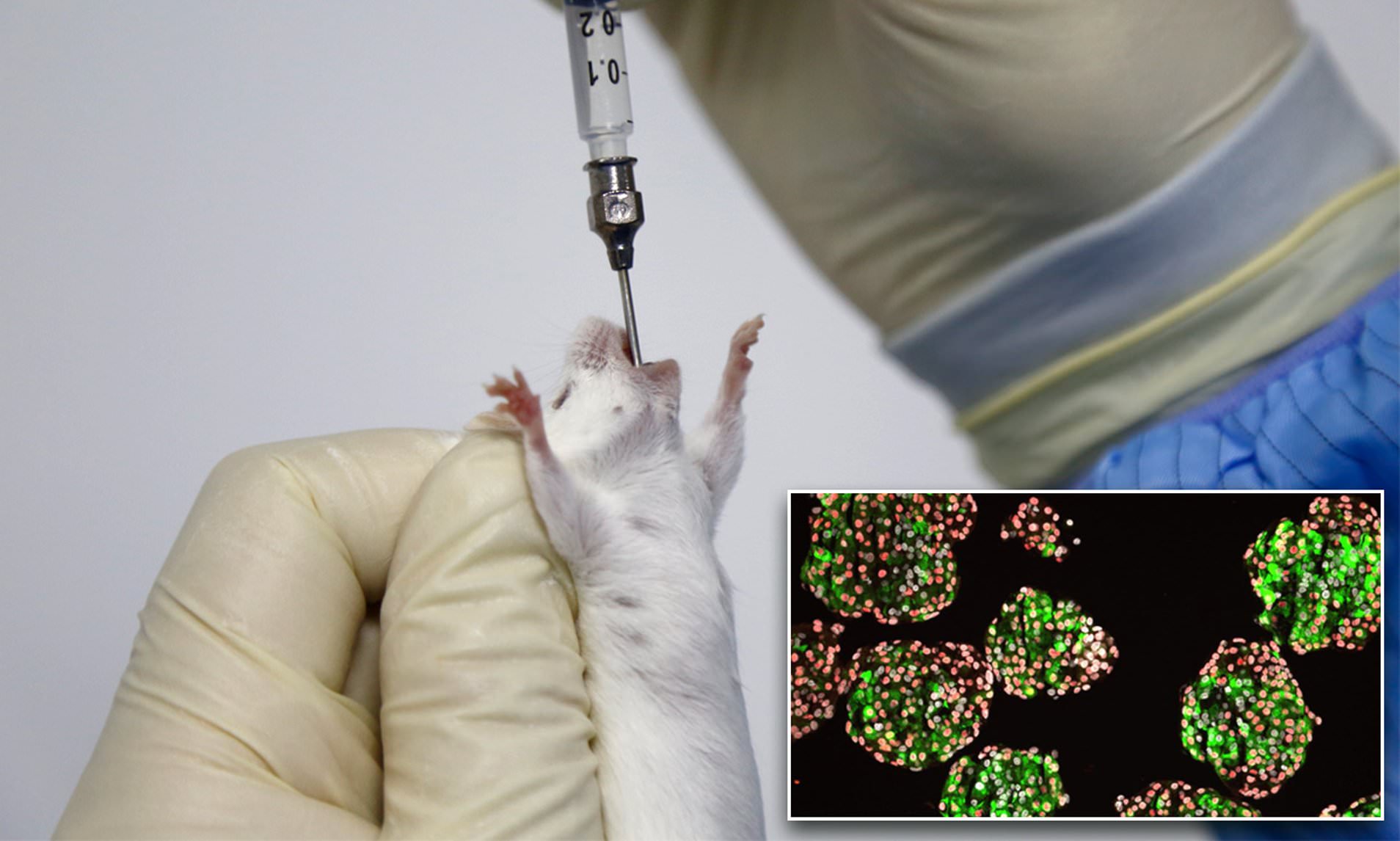Reversing Diabetes with Human Stem Cells – These Insulin-secreting Cells Cured Mice From Severe Diabetes “within Two Weeks.”
A team of researchers at the Washington University School of Medicine in St. Louis successfully converted human stem cells into cells capable of producing insulin. These insulin-producing cells were then able to control blood sugar levels in a demonstration involving diabetic mice.
Reversing diabetes with stem cells
These mice had very severe diabetes with blood sugar readings of more than 500 milligrams per deciliter of blood levels that could be fatal for a person and when we gave the mice the insulin-secreting cells, within two weeks their blood glucose levels had returned to normal and stayed that way for many months, lead researcher Jeffrey Millman, assistant professor at Washington University, said in a statement.
The new study, as outlined in the paper published in the journal Nature Biotechnology on Monday, builds on previous research, in which researchers figured out how to create these insulin-producing cells out of human stem cells but their effectiveness in mice models could not be shown until now.
The difficulty lies in the off-target cells you end up producing during the conversion. The more off-target cells you get, the less therapeutically relevant cells you have, Millman said. You need about a billion beta cells to cure a person of diabetes. But if a quarter of the cells you make are actually liver cells or other pancreas cells, instead of needing a billion cells, youll need 1.25 billion cells.
Rapidly reversing severe preexisting diabetes in mice with human stem cells. https://t.co/yOOVZrVnLo #EARA #animalresearch #znanost #stemcells #diabetes @LabRoots pic.twitter.com/Q8VEPdtRXG
— EARA_SL (@eara_sl) March 6, 2020
Human stem cells research on mice promising
The new fundamentally different approach however is far more on-target, improving both effectiveness and maximizing the number of insulin-producing cells, according to Millman. In fact, some mice remained cured for more than a year. The process will have to be scaled up over a long period of time before it can be used on humans. The researchers are hoping to eventually find an automated way to produce enough cells to allow humans to control their diabetes on their own one day.
This post contains the original material published by Futurism . We have reposted the same content (may not be in its totality) while acknowledging the source and with the sole intent of providing a credible reference point to our readers. As such this constitutes fair use of the original work.






